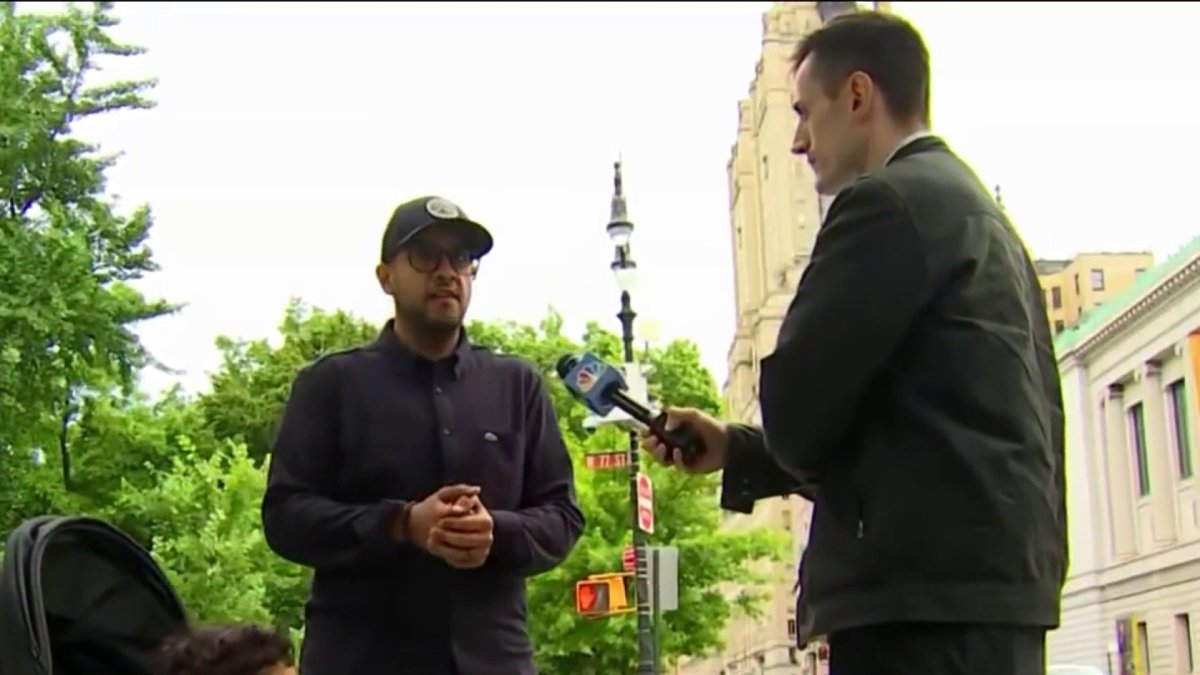
Everyone six months and older is now eligible for COVID-19 vaccines, marking a milestone moment in the pandemic. Adam Harding reports.
And then there was one.
Just a single county among New York's 62 remained at high risk for community COVID spread in the CDC's Friday update, a marked reversal from this time last month when all but eight Empire State counties merited that designation.
The dubious distinction is owned by Nassau County, with neighboring Suffolk County -- the only other New York county in the CDC's high-risk level a week ago -- moving from high to low risk in the health agency's latest update.
Regionally, Long Island has the second-highest rolling new case average (31.1 per 100,000) behind New York City (31.6), but Nassau County is dramatically increasing the rate with its second-in-the-state-highest rolling average of 35.5 new cases per 100,000 residents. That's behind only Manhattan (38.5) on that metric.
Get Tri-state area news and weather forecasts to your inbox. Sign up for NBC New York newsletters.
Nassau's hospitalization numbers, though, its new admission rate per 100,000 (12.4) and percentage of inpatient beds in use by COVID patients (5%) are notably higher than those in Manhattan (8.5 and 4%, respectively) and are the more critical indicators from a public health perspective, hence the heightened alert level.
Apart from all five boroughs and Tioga and Broome counties in the state's Southern Tier region, the rest of New York has been downgraded to CDC's low-risk tier.
The agency assesses risk based on the same three metrics New York City does, though it took health officials in the five boroughs longer to downgrade the alert level to medium than it did the CDC. That transition just came this week.
More Coverage
Why the discrepancy? There could be other reporting factors at play. The CDC assesses risk at the state or county level, for example, while the city bases its assessment on citywide stats.
Differences in data flow and communication may also play a role.
Either way, experts appear to agree it's apparent that all signs are pointing in the right direction for New York City as it emerges from this latest pandemic threat.
More Coverage
The latest wave has been largely blamed on the omicron subvariant BA.2.12.1, which has been said to be at least 25% more transmissible than the strain that came before it, omicron's BA.2. BA.2 was thought to be at least 30% more contagious than the original omicron, which, as all of America and the globe saw this past winter, was the most infectious COVID strain to date at the time it emerged.
Hospitalizations increased, though to a lesser and more manageable degree than they did during previous waves associated with omicron and delta.
Similar patterns played out across the state at other times over the last few months, though the downstate region that includes New York City likely experienced that variant spread earlier than other states and major metro areas, based on the U.S. spots still grappling with high average COVID case and hospitalization rates.
Nationally, 392 -- or 12.2% of -- United States counties are considered high risk for community COVID spread by the CDC. That's up about two percentage points in the last week, with the number of medium-risk counties climbing by 1.58%.
The majority of American counties -- 56.9% of them -- are at low risk, according to the CDC, though that number has plunged since the agency's last weekly update.
Four of 21 New Jersey counties are still considered high risk by the CDC, though that number is down by eight since the update two weeks ago. Connecticut, meanwhile, is all green apart from New Haven, Litchfield and Middlesex counties.